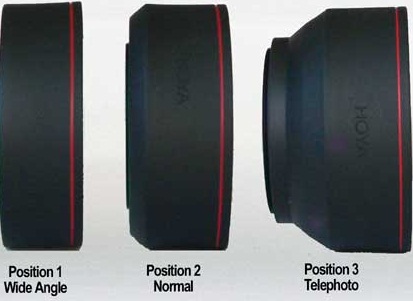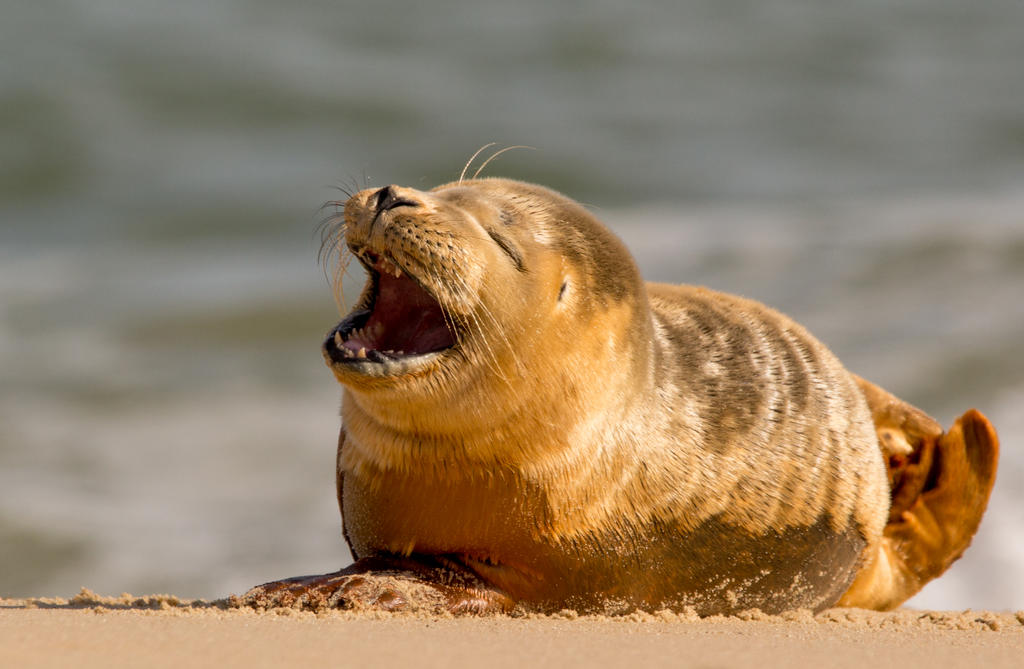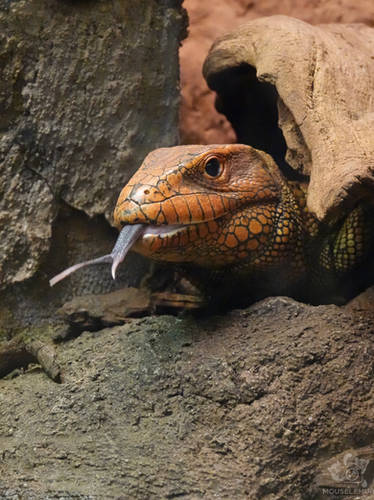ShopDreamUp AI ArtDreamUp
Trying to Return
Hello Deviant art. I am going to try and learn this current rendering of Deviant art. I really want to return to hosting my Awareness of the Arts Contest after I get settled in. So if you watch me and are still here on DA comment and lets reconnect! Also, if there are any good tutorials on Eclipse (I think that is what it is called) please send them my way. -Amarantheans
Thanks for killing DA
I have been working on trying to figure out how to do some things on the new DA interface and wrote a note to support. So lets see what they have to say about this, will they answer my questions or just get pissy about me criticizing their sameness. Hi, So I have been trying to avoid eclipse as long as I could due to it’s newfound lack of personality. I was actually in the beta group and was disappointed that the site had us suggest issues we see with the system only to be ignored. Now, I was lookin through your help menu and saw nothing on submitting Community Emoticons, I had an old journal instructing people how to do so on the previous platform, however I don’t know how to do it here. Not only that nether do the people commenting on my journal. Then there is linking, though I loved the old system with thumbs and such making it easy to use, I have found very little information on this as well and the instruction I found is horribly written, and makes no since. I find this new
Hello DA
Hi. I have been absent. Depressed, and overly busy. I am making a blanket for my daughter and it is taking everything I have to keep working on it. I will post it and some other things I have made for her once I am finished. I just wanted to update you. :huggle: Anita
Winners of the 5th Annual AOTA
The 5th Annual Awareness of the Arts: Beauty in the Mundane
Once again we were inundated with amazing artworks paired with beautifully descriptive literature! How do we judge such great works? Well it takes a very long time and it is really, really HARD. But the show must go on and we must have winners, otherwise the entrants get a little fussy. :giggle:
Here are all of the entries:
Awareness of the Arts: Beauty in the Mundane
Now for the news you all have been waiting for!
1st PLACEImagination
Literature By Meterious (https://www.deviantart.com/meterious) and Art by SlytherclawPadawan (https://www.deviantart.com/slytherclawpadawan)
They won:
6 month/or equivalent (2000 points) from communityrelations (https://www.deviantart.com/communityrelations)
1500 :points: fro
Featured in Groups
© 2017 - 2024 Amarantheans
Comments33
Join the community to add your comment. Already a deviant? Log In
Pretty cool article and very interesting topics!  Thank you so much for the work.
Thank you so much for the work. 



















